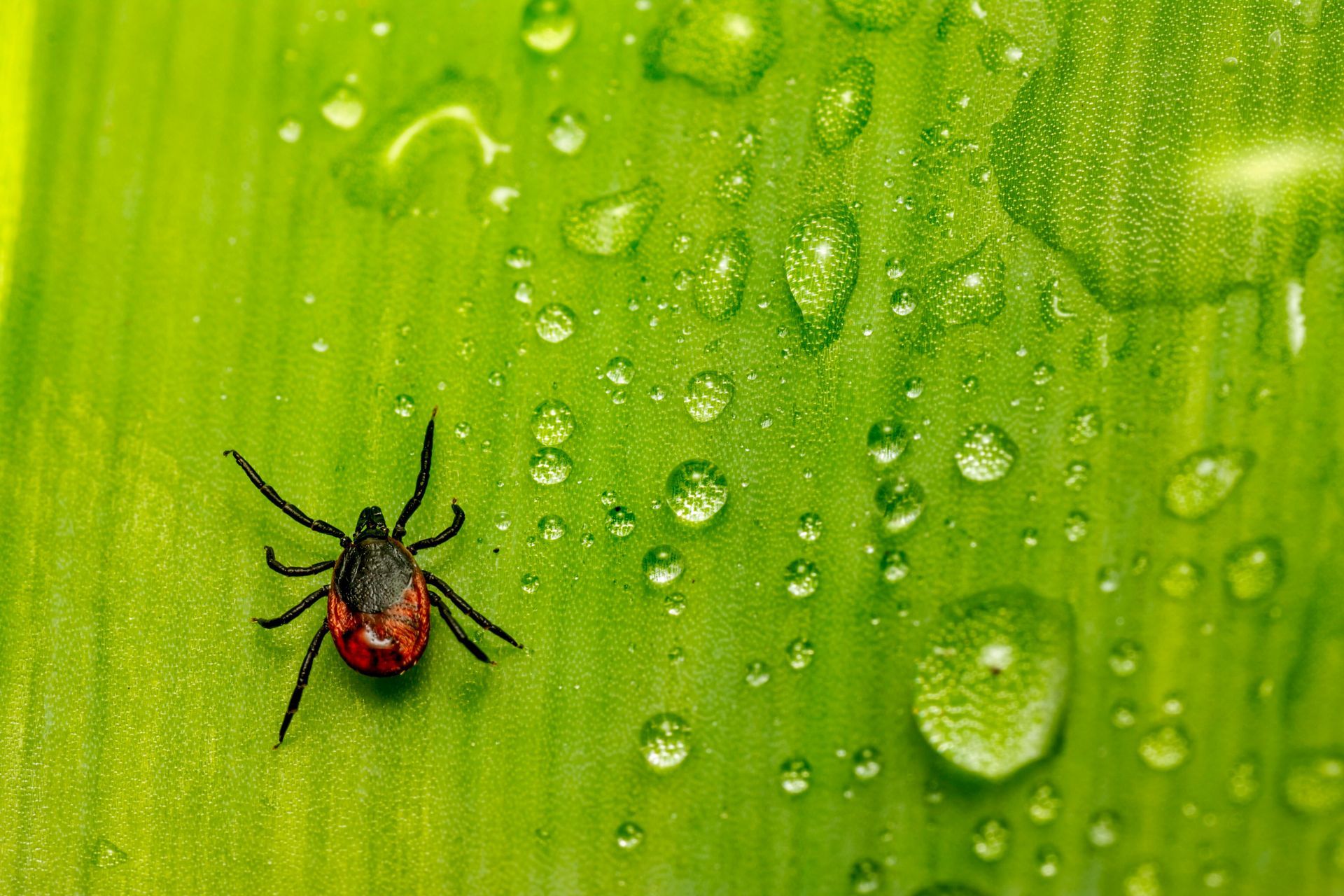Flea and Tick Medications: The Hidden Dangers Every Dog Owner Should Know
Explore the hidden dangers of chemical flea and tick treatments including neurological side effects and discover safer, natural options for your dog’s long-term health.
Written by Justin Kempf at Executive Functional Healing, LLC, Fort Worth, Texas.
The Absolute Truth About Flea and Tick Medications
If you’re a dog owner, chances are you’ve been told that flea and tick medications are a must. But what you’re not always told is the whole truth especially when it comes to how these products work and the real side effects they can cause.
This blog is not about fear it’s about informed choices. As a functional healing specialist who believes in treating root causes and supporting total health, I want to walk you through the truth behind flea and tick medications, including their ingredients, how they affect your pet’s body, and the documented side effects.
The Types of Flea and Tick Medications
There are five main categories of flea and tick preventatives on the market today:
1. Topical Treatments (Spot-Ons)
• Applied to the skin between the shoulder blades
• Brands: Frontline, Advantage, Revolution, Vectra
• Active ingredients: fipronil, imidacloprid, selamectin
2. Oral Medications (Chewables or Pills)
• Absorbed through the bloodstream, killing fleas/ticks when they bite
• Brands: NexGard, Simparica, Bravecto, Credelio
• Active ingredients: afoxolaner, fluralaner, sarolaner, lotilaner
3. Collars
• Slowly release chemicals into the skin and coat
• Brands: Seresto, Scalibor
• Ingredients: imidacloprid, flumethrin
4. Sprays and Powders
• Older methods, less commonly used now
• May contain permethrin, pyrethrins, or natural oils
5. Natural Alternatives
• Use herbs or essential oils (like cedarwood or lemongrass)
• Other options: diatomaceous earth, neem, garlic (controversial)
How These Medications Work
Most mainstream flea and tick preventatives are neurotoxins they target the insect’s nervous system to paralyze and kill it. But dogs and cats also have nervous systems.
The assumption is that these chemicals are “safe enough” at low doses. But for many pets, especially sensitive or immunocompromised animals, this exposure can trigger serious health issues.
Documented Side Effects and Concerns
Topical Treatments (Spot-Ons)
• Skin irritation, rashes, or hair loss at the application site
• Lethargy or behavior changes
• Vomiting or diarrhea (if licked or ingested)
• Neurological issues: tremors, twitching, seizures
Oral Chewables (Isoxazoline Class)
In 2018, the FDA released a safety warning about NexGard, Bravecto, Simparica, and Credelio, stating:
“Some animals have experienced adverse neurological effects such as muscle tremors, ataxia, and seizures.”
Side effects include:
• Vomiting, diarrhea
• Seizures, unsteady walking, and tremors even in dogs with no prior history
• Anxiety, restlessness, or pacing
• Possible liver stress over time
These drugs cross the blood-brain barrier which is how they target parasites’ nervous systems, but that also means they can affect your dog’s own nervous system.
Flea Collars (e.g., Seresto)
• Linked to over 1,700 pet deaths, according to EPA reports and media investigations
• Side effects include vomiting, lethargy, skin irritation, and seizures
• Children who touch pets wearing these collars may also be at risk of chemical exposure
Which Dogs Are Most at Risk?
Some pets are far more vulnerable to side effects, including:
• Dogs with a history of seizures or neurological issues
• Small or toy breeds (due to lower body weight and dose sensitivity)
• Senior dogs or those with liver or kidney problems
• Dogs taking multiple medications
• Collies and other herding breeds with the MDR1 gene mutation
Are There Safer Alternatives?
Yes, but it depends on your location, risk level, and your dog’s individual health. Here are natural strategies to reduce chemical load while still protecting your pet:
• Use flea/tick meds only during active parasite season (not year-round in all cases)
• Try natural repellents with essential oils (cedar, neem, rosemary—check pet-safe formulations)
• Use diatomaceous earth (food-grade only) on bedding and floors
• Bathe your dog regularly and use a flea comb
• Feed a nutrient-dense, species-appropriate diet (raw or fresh food) to support natural pest resistance
• Treat your yard with non-toxic options like beneficial nematodes
Final Thoughts: It’s About Informed Choice
Flea and tick preventatives are powerful tools but they are also powerful drugs. And while they may protect against parasites, they can come with serious consequences for your pet’s health.
The truth is: not all dogs need chemical treatments year-round, and not all products are as “safe” as marketed.
If your pet has ever had a reaction or if you want a personalized plan work with a holistic or functional veterinarian who can guide you based on your pet’s individual health, breed, and risk level.

